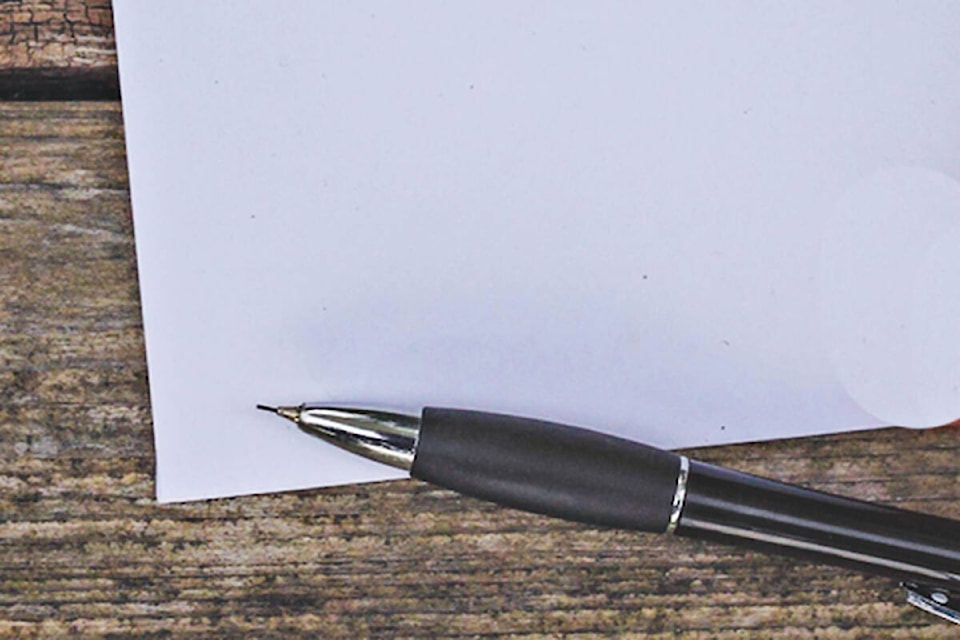Many people living in the region value the unique ecosystem we are fortunate to live in, and rightfully so. This is a biodiversity hotspot, located in the imperilled coastal Douglas-fir zone, with increasingly rare Garry oak meadows.
If we want the region to be livable, we need to protect and restore habitat for nature. Southern Vancouver Island is a haven for birds, both those that nest here and those using us as a stopover on their arduous migratory journeys, as well as those that migrate to here to spend the winter in our mild climate. We live in a crucial flyway for migratory birds, offering thousands of migrating birds places to rest and refuel for their long voyages. The significance of this region cannot be overstated; serving as a lifeline for more than 400 bird species.
This is not merely a transient haven; it is a vital stronghold for native ecosystems and endangered species. The diversity of native plants in our region plays a pivotal role in sustaining bird populations by supporting a food web that includes an abundance of invertebrates. For birds – even hummingbirds – insects are a vital source of nourishment, especially when they are raising their young. The interconnectedness of habitat and native vegetation becomes clear as you watch a nesting pair of chickadees feeding their young up to 9,000 caterpillars.
Protecting habitat ensures survival of fragile ecosystems, safeguards endangered species, and offers hope for birds that depend on this haven as they journey to, through, or if they live in this remarkable landscape year-round.
So let’s live and let live by protecting the incredible biodiversity of the region to ensure it is livable for all its residents. In preserving habitats and native vegetation, we are not only conserving nature’s beauty but also nurturing the next generation of birds for the enjoyment of current and future residents.
Nathalie Chambers
Saanich
